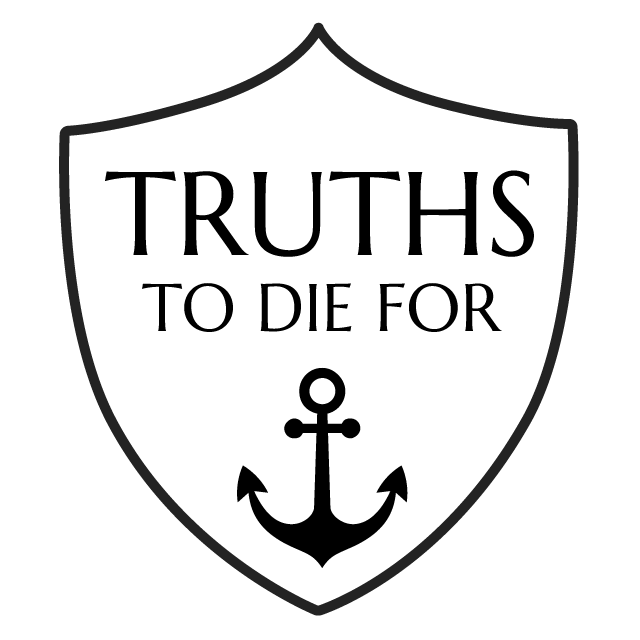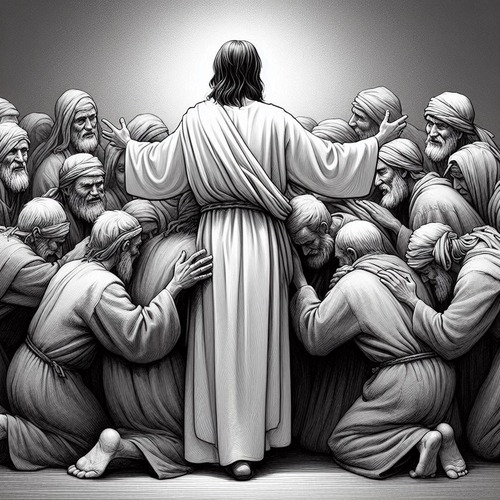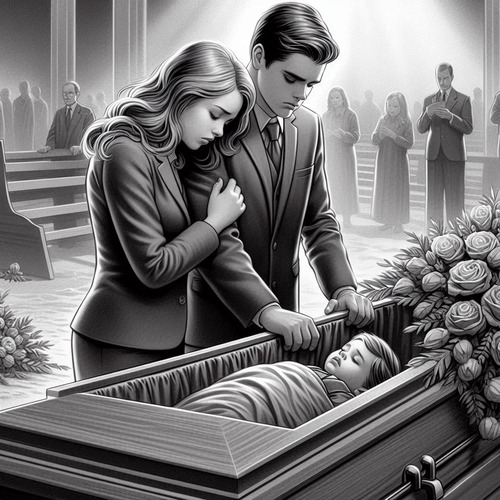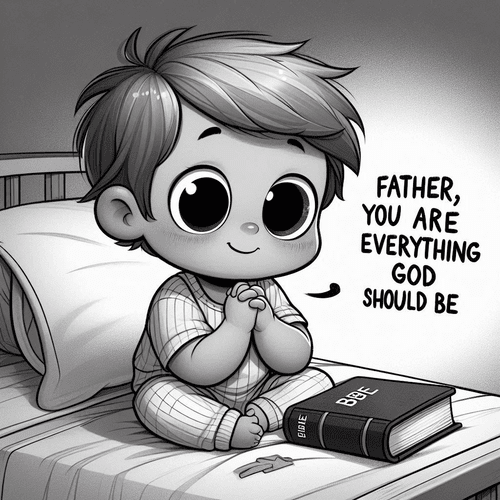Biblical Gender Roles in Home and Church
Biblical gender roles in home and church: Complementarian vs. Egalitarian Perspectives
Two Contrasting Visions: The differing perspectives on gender roles within Christianity—complementarianism and egalitarianism—have profound implications for the practical realities of family and church life.
Biblical Gender Roles in Home and Church: The Egalitarian Approach: The egalitarian view sees full equality between genders as the Biblical ideal. They reject a hierarchical structure in marriage, viewing husbands and wives as co-leaders sharing authority in the home through a mutually submissive relationship before God. For egalitarian families, leadership is shared—wives and husbands make decisions together through open communication, sharing parenting and household responsibilities as equal partners. There isn’t a single, final human authority in the marriage relationship.
Egalitarian churches also allow women to serve in any role including senior pastor and elder boards with authority over men and women. There are no gender barriers restricting women from church leadership or teaching roles that guide men. Egalitarians see complete equality between genders as the Biblical ideal for both home and church. They view all gender role distinctions as human fallout from sin, not God’s original plan. However, critics of egalitarianism are concerned it unravels God’s designed differences and can foster power struggles and unhealthy competition over authority within marriages.
Biblical Gender Roles in Home and Church: The Complementarian Vision: The complementarian view is often misunderstood and oversimplified by egalitarian critics. While complementarians do affirm gender-based roles and male headship in church and home, this is not rooted in male chauvinism or female subordination. Rather, this headship is sacrificial, Christ-like servant leadership. The husband is called to lovingly lead his family as Christ leads the church—through self-sacrificial love and care, not selfishness or harshness. True biblical complementarianism models headship on Christ’s servant leadership—a sacrificial devotion to nurturing and nobly serving those under one’s care, even to the point of laying down one’s life. Just as Christ lovingly led the church through His selfless death, husbands and male leaders must be willing to die to self in order to spiritually protect and provide for their wives and those they lead. This headship, then, is not a position of privilege but one of humble, cruciform servanthood that seeks the highest good of others. This ethic of mutual submission and self-giving love stands in stark contrast to chauvinistic oppression or male superiority.
In this view, the wife’s submission flows not from being forced, but from a willing and joyful embrace of God’s designed order and roles within marriage. It is an expression of respectful support for her husband’s servant leadership and self-emptying love, just as the church willingly submits to Christ’s loving headship.
Moreover, while the husband bears the primary responsibility as the head, this doesn’t mean he simply makes unilateral decisions. Complementarian teaching emphasizes the importance of the husband seeking his wife’s input, wisdom and perspective, and making decisions together through respectful communication and unity. The husband has the ultimate accountability, but his leadership is carried out through lovingly considering his wife and modelling the self-sacrificial example of Christ’s headship over the church.
Church Order: In the church context, complementarians see male leadership as upholding the clear Biblical teachings of having male eldership and an all-male pastorate. Women have vast honourable roles in ministry, teaching other women and children. But the senior authority for doctrine and church governance belongs to qualified male leaders.
This structure preserves what is seen as God’s designed order for church family—female discipleship under male leadership, mirroring the home dynamic.
A Higher Vision While both views aim to uphold Scripture’s teachings, complementarians believe their model uniquely preserves God’s designed order—uplifting the genders toward their respective callings of sacrificial male leadership and willing female support.
The complementarian camp acknowledges this is a crucially important issue with profound consequences for family dynamics and church order. Male headship rightly understood is not about chauvinism, but mutual uplifting between genders toward Christ’s beautiful model of leadership and submission.
Related Reads
Editor’s Pick
Can God Condemn Homosexuality Even If Some Are Born Gay?
Few questions challenge modern Christians more deeply than reconciling traditional biblical teaching on homosexuality with emerging scientific theories about sexual [...]

Washing of Feet: Are We To Apply John 13:14 Literally?
In the quiet moments before His betrayal and crucifixion, Jesus knelt before His disciples and performed an act so countercultural [...]

The Paradox of Prayer: Why Ask When God Already Knows?
Ever caught yourself in the middle of prayer, wondering, “Why am I telling God things He already knows?” If God’s [...]

Inerrancy Vs Infallibility: Which Does Scripture Demand We Affirm?
When discussing the nature of Scripture, two terms often arise: inerrancy and infallibility. While they may both sound similar—even equally [...]
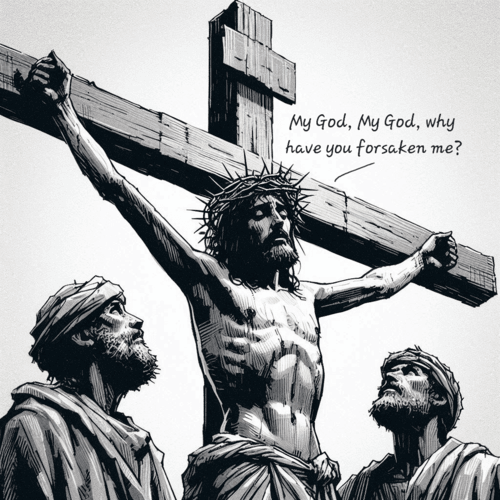
Why Does Jesus Cry, ‘My God My God’?
FROM OUR SERIES ON CHRIST’S SEVEN FINAL UTTERANCES FROM THE CROSS Of all the words Jesus spoke from the cross, [...]

Mass Hallucination: Does This Explain Resurrection Appearances?
The claim that Jesus rose from the dead is at the very heart of Christianity. Without it, as the Apostle [...]
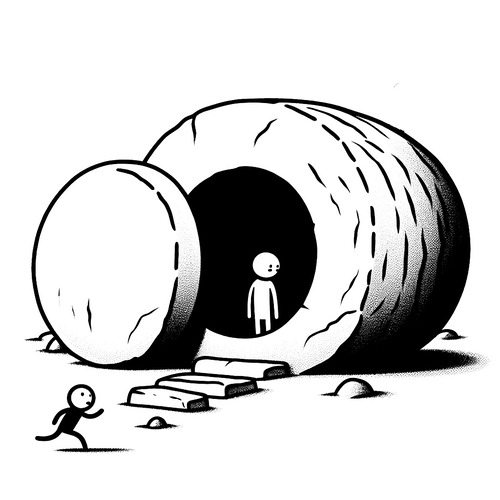
The Easter Miracle: What John Saw at the Tomb that Sparked Faith
It's one of the most intriguing moments in the Gospel accounts of Jesus' resurrection. Two disciples, Peter and John, race [...]

Dating of the Gospels: The Case for Pre-70 AD Authorship
Few questions in biblical scholarship carry as much weight as the dating of the four Gospels. Were Matthew, Mark, Luke, [...]

Behemoth and Leviathan: Real Monsters or Symbolic Creatures?
In chapters 40 and 41 of the Book of Job, we encounter two of the most fascinating creatures ever described [...]
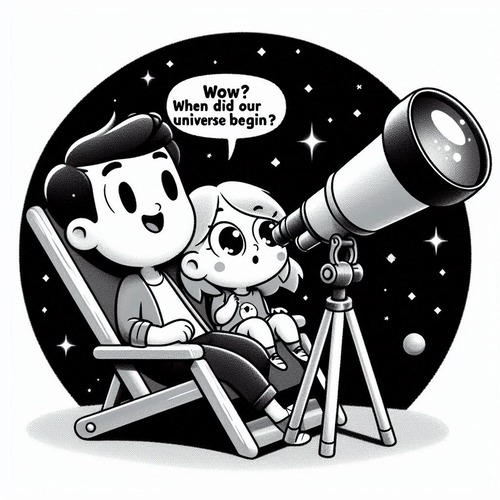
Did the Universe Have a Beginning? Why Science Says Yes
Did the universe have a beginning? Has the cosmos existed eternally or did it emerge at some finite point in [...]
